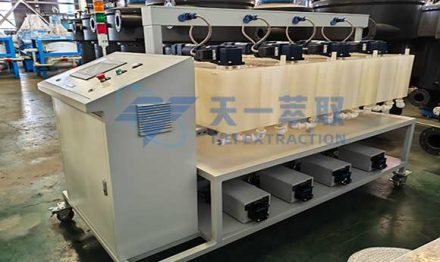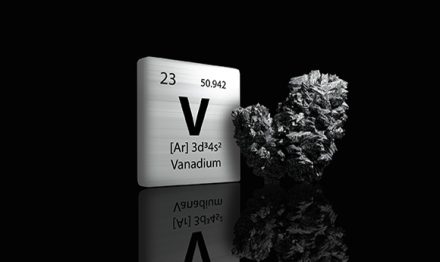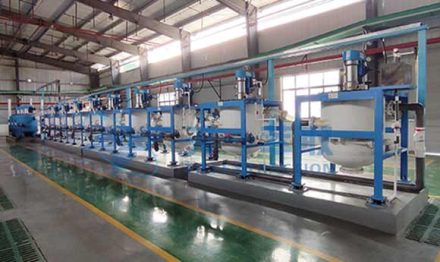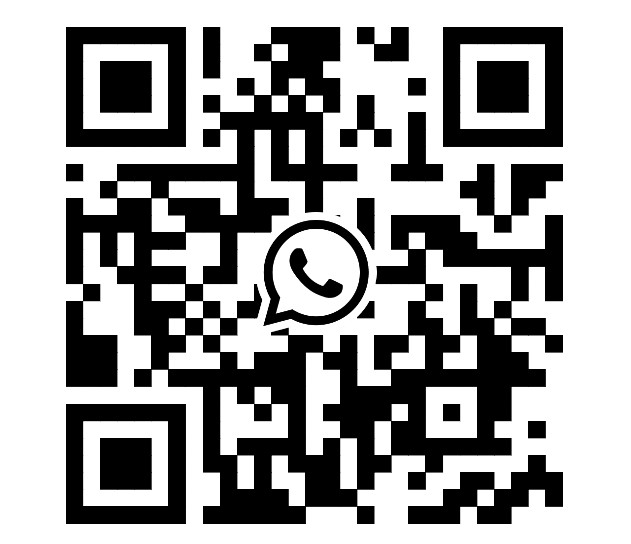
Furfural, chemically known as 2-Furaldehyde, is an important organic compound extracted from agricultural waste and is known as "green gold". At present, its global production capacity is about 3 million tons/year, mainly used in the production of herbicides, stabilizers, medicines and various resins. Generally, corn cobs, oat hulls, cottonseed hulls, almond shells, sugarcane bagasse, etc. are suitable as raw materials for furfural production.
The traditional furfural production process is to use sulfuric acid or hydrochloric acid as a catalyst in an aqueous medium to convert the polypentose in the raw material into pentose, which is further dehydrated to generate furfural. The water, acetic acid and low-boiling substances are removed by distillation to obtain the product furfural. Although distillation technology is the most commonly used separation method for purifying furfural on an industrial scale, the presence of organic acids and the occurrence of side reactions during the distillation process result in a low yield of furfural; the amount of steam required for furfural stripping is large, and a lot of energy is consumed; and the furfural production process also produces a large amount of waste acid, waste gas and solid residue.
Compared with the traditional distillation purification process, the extraction/distillation process of the two-phase reaction is used. The polypentose in the corn cob is hydrolyzed into pentose in the presence of acid, and then further dehydrated into furfural. The generated furfural is extracted into the organic phase, and then the centrifugal extractor of Tiei Extraction is used to separate the furfural load from the impurity acid. Finally, the organic phase is separated by distillation to obtain the furfural product. In the extraction/distillation process, the generated furfural can be transferred to the organic phase, where the organic solvent can inhibit the side reaction of furfural decomposition, thereby increasing the furfural yield; and this process can not only save costs, but also reduce the total carbon dioxide emissions.
Tiei Extraction's centrifuge has a large processing capacity, high separation efficiency, small footprint, and can be used for continuous production. In furfural production, it solves the problems of low efficiency, high solvent consumption, and high production energy consumption of traditional processes through rapid separation, efficient extraction, and continuous operation. It is a key equipment for achieving clean and large-scale production of furfural.
CWL-M centrifugal extractor can achieve good application effect in the extraction and refining of furfural due to its following performance advantages:
- High mass transfer efficiency: The mass transfer efficiency of the centrifugal extractor is very high, usually reaching more than 99%. Relatively speaking, the traditional extraction equipment is prone to axial back mixing, resulting in lower mass transfer efficiency.
- Short residence time: The residence time of the centrifugal extractor is shorter than that of other extraction equipment, generally controlled between a few seconds and tens of seconds. This solves the problem of product polymerization in the existing furfural refining process.
- High volumetric efficiency: The volumetric efficiency of the centrifugal extractor is the highest, usually 30 to 50 times that of the mixer settler.
- Strong separation ability: Because the centrifugal extractor has a strong phase separation ability, its volume is much smaller than that of the traditional extraction equipment under the same output demand.
After centrifugal extraction, the furfural phase no longer contains acidic impurities. After distillation, the purity of furfural can reach 99.5%, and the moisture content is 0.03%, which meets the quality requirements of the product. This method can improve product quality and reduce the difficulty of operation.
Welcome contact us for more details.
Email: sales@tieiextraction.com
Whatsapp: +86 19069612820








